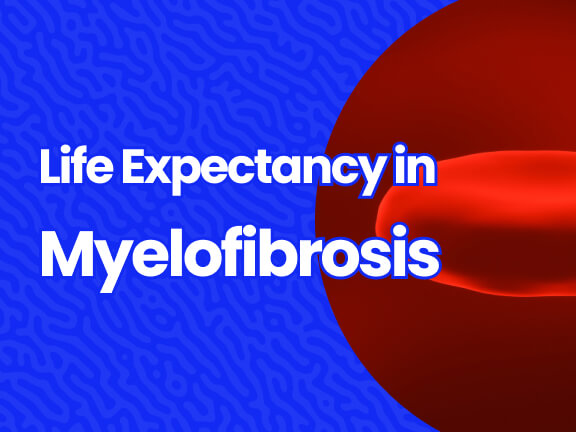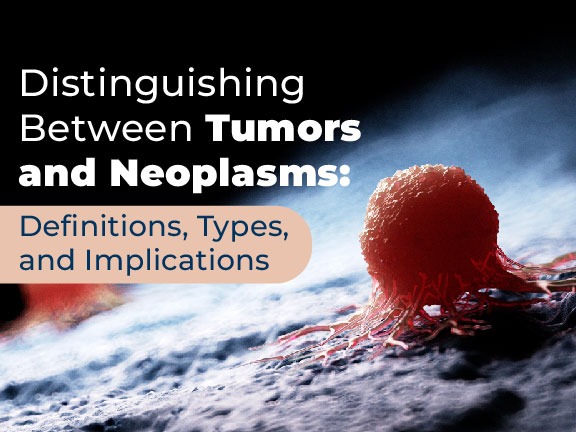Metastatic breast cancer is the term doctors use to describe cancer that has spread (or metastasized) from the breast tissue to other parts of the body. In metastatic breast cancer, cancer cells may migrate to bones, the lungs, liver, brain, and other organs. Metastatic breast cancer is also called stage IV breast cancer.
Breast cancer, which is the most common type of cancer in women worldwide, is often curable disease when it’s detected at an early stage. However, despite undergoing successful initial treatment, some early-stage breast cancer patients can experience metastasis and require further treatment. While receiving a diagnosis of metastatic breast cancer can be upsetting, it’s important to know that many patients live long lives with this condition.
Symptoms and diagnosis of metastatic breast cancer
The symptoms of metastatic breast cancer that a patient develops will depend on where the disease has spread in the body. For example, if cancer has metastasized to bone, then the patient may experience bone pain or suffer bone fractures. Other signs and symptoms that may occur with metastatic breast cancer include the following:
- Fatigue or shortness of breath
- Headache
- Chest pain
- Loss of appetite
- Unintended weight loss
- Nausea, vomiting
- Abdominal pain or swelling
- Seizures
- Dizziness
- Confusion
- Vision changes
- Personality changes
- Numb sensation in various parts of the body
- Poor balance
- Breathing difficulty
- Constant dry cough
- Jaundice, or yellowing of the skin and whites of the eyes
- Itchy skin or rash
- Urinary problems, which can include incontinence or difficulty urinating
In addition to performing a full physical exam and taking a medical history, doctors use a variety of tests to confirm a diagnosis of metastatic breast cancer. A full workup will typically involve some combination of the following:
- Imaging: Doctors may use one or more of the following imaging techniques to determine where breast cancer metastases may have occurred:
- X-ray
- Bone scan
- Computed tomography (CT or CAT) scan
- Positron emission tomography (PET) or PET-CT scan
- Magnetic resonance imaging (MRI)
- Blood tests: Various blood tests may be used to look for evidence of metastasis and learn more about the nature of the malignancy, including:
- Serum chemistry
- Complete blood count (CBC)
- Blood tumor marker tests
- Bronchoscopy, which uses a lighted tube and scope to examine the airways; used for patients with persistent cough or trouble difficult breathing.
- Biopsy, which uses a fine needle to remove tumor tissue that will be analyzed to learn important information, including what form of breast cancer the patient has and whether the tumor cells have biomarkers that make the patient a candidate for certain targeted therapies.
- Genetic testing. Knowing whether you have inherited gene mutations (such as in the BRCA1 and BRCA2 genes) may help doctors determine the best treatment if you have metastatic breast cancer.
Treatment for metastatic breast cancer
The treatments a doctor will recommend for metastatic breast cancer generally fall into two categories, local and systemic treatments. Patients often require both forms.
- Local Treatment: These treatments are used to target specific areas where cancer has spread. Local treatment (also called regional treatment) is primarily performed to relieve symptoms caused by cancer metastases and is unlikely to cure the disease. The two most common local treatments for metastatic breast cancer are often performed in tandem and include:
- Surgery: In some cases, doctors may suggest the surgical removal of a tumor that’s causing pain or other symptoms to improve the patient’s quality of life, though it’s not clear whether doing so increases survival. The tumor and a small amount of surrounding tissue will be removed.
- Radiation therapy: Also known as radiotherapy, this treatment uses beams of high energy to kill cancer cells. Radiation therapy is often administered after chemotherapy to help relieve pain or other symptoms, though it can also be used to shrink a tumor or slow its growth.
- Systemic Treatment: Most patients with metastatic breast cancer will receive systemic treatment, which can destroy cancer cells throughout the body. Systemic treatments include:
- Chemotherapy: Chemotherapy is the use of drugs that kill cancer cells. A typical chemotherapy regimen usually consists of more than one drug. Chemotherapy is often administered as intravenous fluids in outpatient centers, though in some cases inpatient treatment is necessary. Less often, chemotherapy is taken orally in pill form.
- Hormonal therapy: If tests indicate that a patient’s breast cancer tumor is hormone sensitive, then drugs will be administered that block hormones from attaching to cell receptors. Hormone therapy is delivered in pill form.
- Targeted therapy: Some patients with metastatic breast cancer are candidates for targeted therapies. There are several classes of these drugs, which take aim at specific molecules that promote cancer growth. Tests are required to determine whether a patient will benefit from targeted therapies.
- Immunotherapy: Some targeted therapies can also be classified as immunotherapy, which is a broad class of drugs that make the immune system better able to identify and destroy cancer cells. In breast cancer, a type of immunotherapy called a checkpoint inhibitor may be recommended.
Living with metastatic breast cancer
Getting psychological support soon after the diagnosis of metastatic breast cancer and during treatment can help patients cope with the fear, depression, and anxiety they may be experiencing. Consulting a professional mental health counselor is a good first step, but it will also help to share your feelings and emotions with friends and family—don’t “bottle them up.”
Maintaining good overall health will help you feel better, improve your quality of life, and make you better able to manage side effects of treatment. Be sure to eat a balanced diet, exercise regularly, avoid weight gain, limit alcohol intake, and–of course—if you smoke, find a way to quit.
Myths and Misconceptions About Metastatic Breast Cancer
On its website, the organization Breastcancer.org addresses a number of myths about metastatic breast cancer. Myth number one is that breast cancer that has spread throughout the body can be cured. Unfortunately, that’s not the case, but it’s also a myth that receiving a diagnosis of metastatic breast cancer means that you only have a short time to live. That’s not true for many patients, and with rapidly improving treatments available from oncologists and in clinical trials, the typical survival for people diagnosed with metastatic breast cancer is increasing.
Another myth is that metastatic breast cancer is a single disease that is always treated the same way. In fact, there are different forms of this disease, with distinctly different biological profiles that respond to precisely chosen treatment regimens. Many patients also assume that undergoing treatment for metastatic breast cancer means they’re going to lose their hair and feel sick all of the time. While those are side effects of chemotherapy, which some patients will require, other treatments that are now commonly used as alternatives to chemo do not cause severe or noticeable side effects. Learn more about myths and misconceptions about metastatic breast cancer here.
Sources: American Cancer Society, Breastcancer.org, Cancer.net












